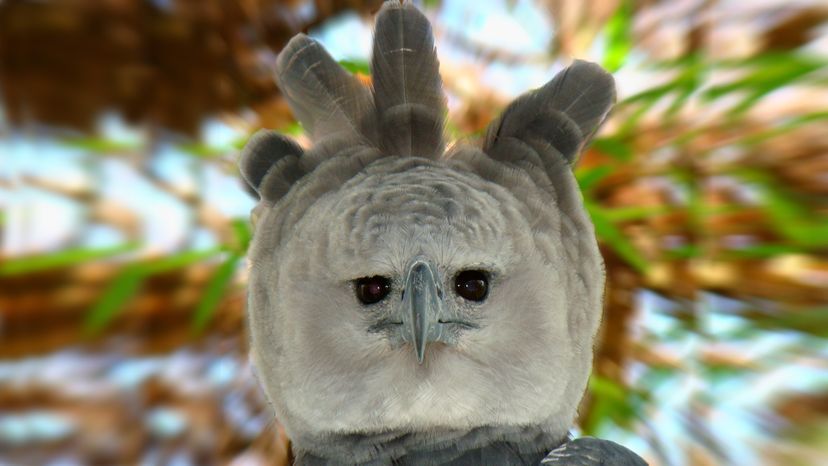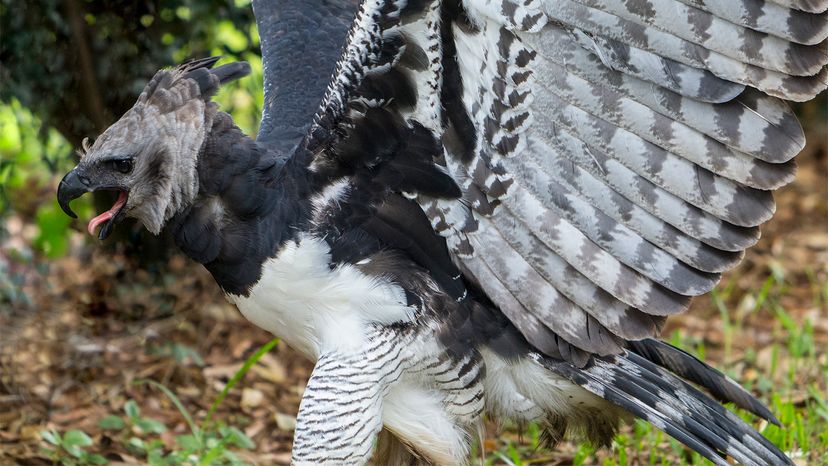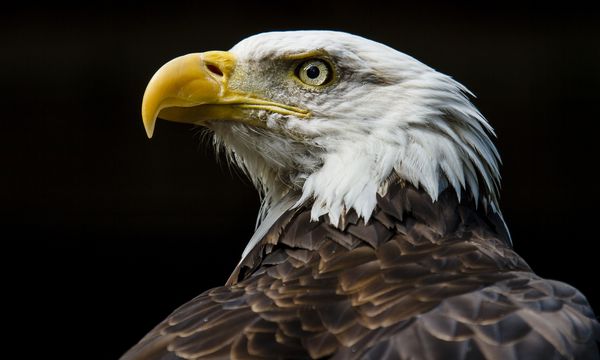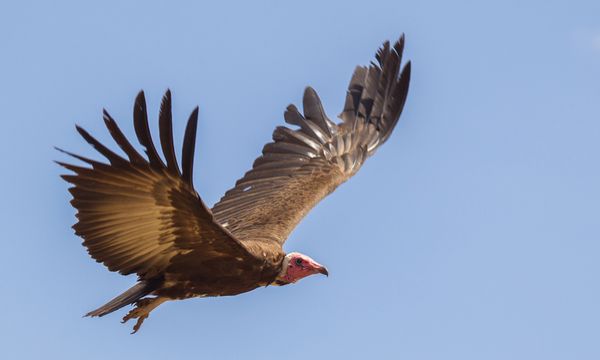
The Muppet Show was a television program for children, but there were certainly a few Muppets that made children uncomfortable. Sweetums was gigantic, ebullient and had little regard for personal space, Uncle Deadly was just plain creepy, but it's possible Sam Eagle was the most forbidding — pompous, ultraconservative and disapproving of nearly everything. He both censured the things he hated and rationalized the things he loved with the slogan "It's the American way!" He was an eagle, after all.
But the suffocatingly patriotic Sam Eagle wasn't a bald eagle (Haliaeetus leucocephalus), the national emblem of the United States. He appears to have been a harpy eagle (Harpia harpyja), the national bird of Panama. But why?
Advertisement
Without seeing into the minds of the Muppets makers, the answer probably has to do with the fact that the harpy eagle is just about the most severe looking — the most judgey looking — bird on the planet. This is to say, the heavy brow, striking black, white and slate gray plumage and crown-like headdress doesn't exactly scream "Approach me! I'm extremely friendly!" Also, go with your gut on this one: They would definitely eye your toddler with interest.
Native to the American tropics, the harpy eagle is the largest eagle in the world, with tarsi (legs) the size of a human's and a claw the size of a grizzly bear's paw. They preside over gigantic territories that can exceed 10,000 acres (4,047 hectares), which they need because their prey is large, too — they eat big animals like sloths and monkeys, macaws and large snakes, picking them out of the tree canopy and carrying them away with ease. Harpy eagles mate for life and a mating pair produces only one chick every three years, feeding the baby for up to 10 monthsafter it leaves the nest at around 6 months of age. They build their nests out of sticks in the tallest, most imposing tree in the rainforest, and they use this roost as a watchtower for spotting all the monkey snacks.
"Most large eagles live in open country like savannas, deserts, oceans and lakes," says Dr. David Anderson, a program director at The Peregrine Fund, a nonprofit dedicated to conserving birds of prey worldwide. "Harpy eagles have short wings and long tails, making them highly maneuverable as they fly through the dense forest canopy to attack prey. Not only can they fly through small openings in the forest, but they have to be massively powerful in order to snatch arboreal mammals out of the trees."
They are also one of the few day-hunting birds that have a facial disc — a structure common in owls, which helps the nocturnal raptors to navigate through trees in the dark and to listen for prey. Harpy eagles need one of these satellite-dish-shaped feather structures on their faces to collect soundwaves and funnel them toward their ears because they spend so much time zooming around in the dim understory of the rainforest, snatching iguanas off branches.
Advertisement


